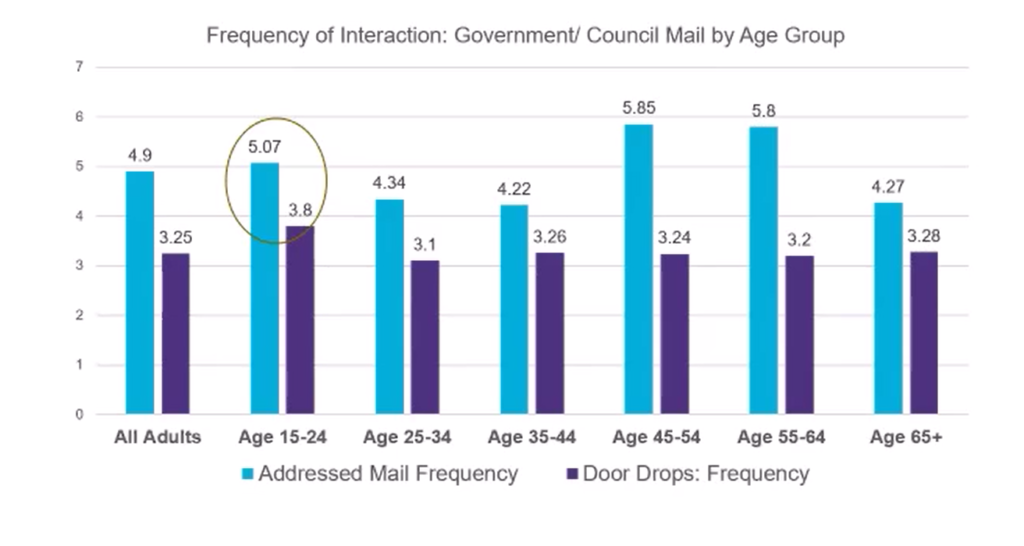How political parties use door to door distributors to gain support

In the run up to an election, political parties pull out all the stops to gain as much support as possible and give themselves the best chance of victory; using door to door distributors is one of the key approaches to creating a successful political campaign. Like most advertising campaigns, door to door distribution is one of the most effective methods of communicating to an audience, as you are delivering straight into their homes, and cannot be missed out like emails and online advertising can be.
Not only do leaflets increase brand awareness, or in this case, awareness of the specific political party, but they act as a brilliant way of providing updates to your local community and information about policies and manifestos.
On average, political door-to-door campaigns have high numbers of interaction, 73% of these are opened and 68% are read/looked at. Mail of this type is kept in the home for 7 days, giving readers a chance to look at the content more than once.
Door-to-door during Lockdown
During the lockdowns, some levels of door-to-door activity saw unprecedented growth, not least for the government and political sector. We saw a huge upsurge in the number of leaflets sent out by MPs and Councils to inform their residents about lockdown rules. Mail is a more trusted form of communication and is the only way to reach every household; something that social media, TV, and radio advertising lacks. Results from JICMAIL saw the frequency of interaction on this type of mail increased from 4.19 to 4.82 from 2019 to 2020.
Considering all audience types, JICMAIL also found that interaction increased when comparing Q2 2019 and Q2 2020, most likely as a result of the lockdown and an increased number of people at home. 30% of Council/Government mail prompted discussion, compared to 24% in 2019. The number of people going online as a result of receiving Council/Government mail increased from 8% to 15% in the same period.
A hidden audience?
People assume that mail is geared towards the older generation and that Generation Y and millennials are most receptive to digital marketing. Data from JICMAIL 2019-2020 has shown that recipients aged between 15-24 interacted with door drop more than any other age range. A recent Media Leader article using JICMAIL data has shown that young people are much more likely to react to mail than you would think.

Tips for using door-to-door distributors
Using our solus distribution service for any leaflets drops would be most beneficial. Many of your door drops may be time-sensitive allowing you to choose a specific delivery period. This will also enable you to distribute to a specific area; be that constituency, ward or street.
Many of our clients in the political sector opt for a folded leaflet as it allows you to provide a lot more information than if you were using a standard single-sheet leaflet. You should include photos and information on your policies and updates to engage residents.
The final thing to consider is the day of the week to deliver your leaflet. JICMAIL has found that more serious content is more likely to go through the letterbox earlier in the week compared to Fridays or the weekend when people tend to wind down. With our solus distribution, you can be specific in choosing the day of the week for your campaign.
We would be happy to supply you with a quote for our door-to-door distributors to deliver your next leaflet campaign. Give one of our friendly team members a call today at 020 8440 0400 or email enquiries@letterboxdistribution.com
All data from JICMAIL